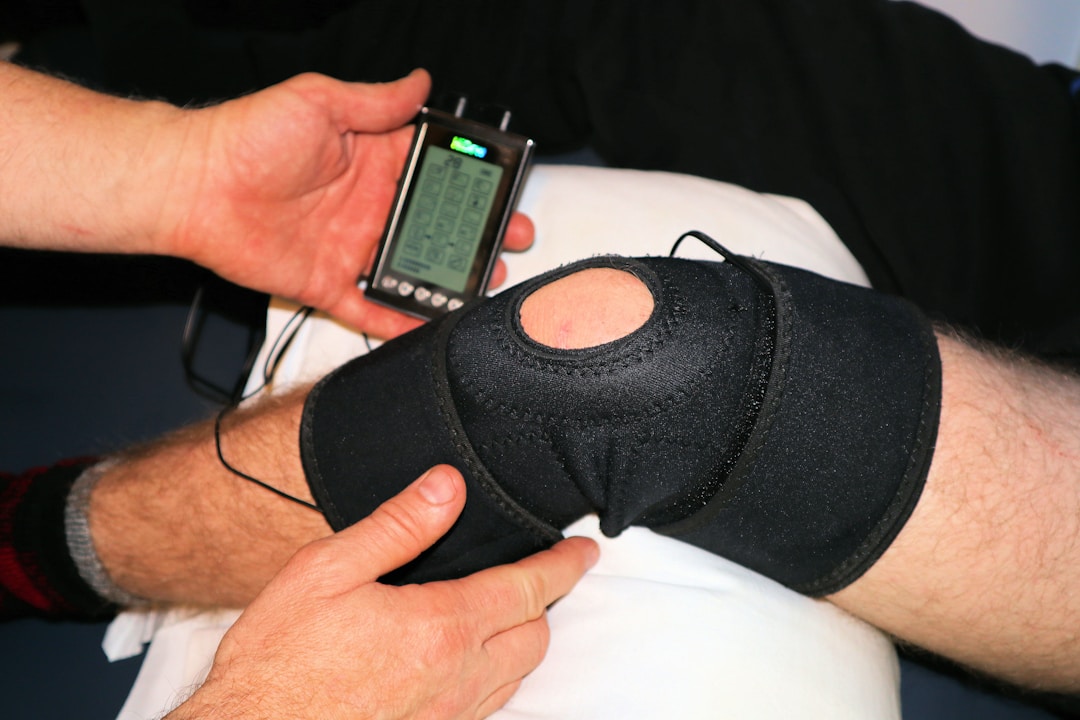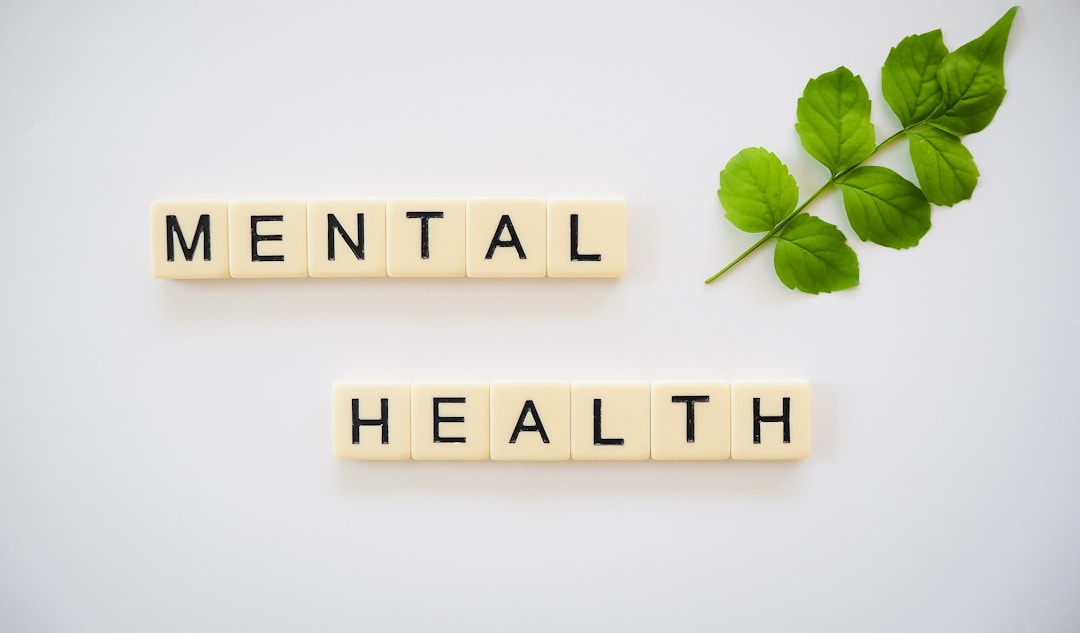The aftermath of a traumatic injury can be a challenging period to navigate – filled with physical, emotional, and financial uncertainty. Adjusting to the new normal that comes along with this kind of injury often requires a comprehensive approach that integrates reassessing one’s lifestyle, seeking professional help, advocating for rights, and retrofitting home environments. Below, we discuss some of these measures that may ease the difficult transition that follows a traumatic injury.
Coping with the Physical Aftermath

The immediate aftermath of a traumatic injury is usually characterized by severe physical pain and discomfort. Getting the right medical care at this juncture is needed to alleviate symptoms and initiate the healing process. Medical professionals may prescribe a specific course of treatment, including pain management, physical therapy, and even surgical interventions, depending on the nature and severity of the injury. Adhering to this treatment plan is essential not only for physical recovery but also for strengthening the legal course if you choose to pursue compensation claims later.
In cases where the injury has resulted from someone else’s negligence or accidental incidents, it is advisable to consult a personal injury lawyer Minnesota. Legal professionals can guide you through the process of filing a lawsuit against the responsible party if applicable. They will protect your rights, handle the legal complexities on your behalf, and ensure that you receive fair compensation for your losses. By consulting with a personal injury lawyer, you can focus on your recovery while knowing that a legal professional is fighting for you.
Physical recovery also extends beyond immediate medical care. Adaptations to daily routines and lifestyle choices, such as incorporating rest and rehabilitation exercises, making nutritional changes, and avoiding physical exertion, become necessary. Furthermore, support from family and friends plays a pivotal role in recovering physically from a traumatic injury. They can assist with day-to-day tasks, accompany you to medical appointments, and provide a sense of comfort and companionship during this challenging phase.
Adapting to Changed Lifestyle
Recognizing and accepting the changes in lifestyle that may accompany a traumatic injury is a significant step in the rehabilitation process. Some physical limitations may cause temporary or permanent changes in the ability to perform tasks independently. Occupational therapists can provide practical tips and techniques to manage daily tasks smoothly. They work to improve motor skills, balance, and coordination and help with adaptive strategies to ease the process of self-care, work, or leisure activities.
After an injury or an accident, many people find that their mobility is compromised. One of the biggest challenges they face is entering and exiting their own homes. Traditional doors with narrow entryways and high thresholds can pose a barrier to individuals with limited mobility. That’s where accessible entry doors come into play. These doors are wider than standard doors to accommodate wheelchairs, walkers, and other assistive devices. Additionally, accessible doors often feature lower thresholds or even no thresholds at all, allowing for seamless entry and exit without the risk of tripping or stumbling.
Managing Emotional and Psychological Struggles

Aside from causing physical discomfort, traumatic injuries can lead to a multitude of emotional and psychological challenges, like post-traumatic stress disorder. These can range from anxiety and depression to emotional instability and difficulty sleeping. Psychological therapies and counseling are efficacious means of managing such mental health challenges. Cognitive Behavioral Therapy (CBT) and Eye Movement Desensitization and Reprocessing (EMDR) are among the commonly recommended therapies for trauma patients to overcome emotional distress and regain mental well-being.
Talking about the trauma and expressing feelings associated with it is another aspect of emotional recovery. Support from friends, and family, or joining a support group can really help. Speaking with individuals who have gone through a similar experience can provide solace, as well as practical advice on navigating through the recovery process. A healthy distraction can also be beneficial – engaging in hobbies, reading, music, or any other interest can divert attention from distressing thoughts and foster a positive outlook. Reading even has tangible benefits that you can appreciate for the rest of your life.
As you can see, adjusting after a traumatic injury is crucial for both physical and emotional recovery. By actively engaging in rehabilitation, seeking treatment, and addressing the emotional impact of the injury, individuals can maximize their chances of regaining physical functionality and emotional well-being. While it can be challenging, embracing change and striving to adapt allows for a more fulfilling and meaningful life post-injury.



